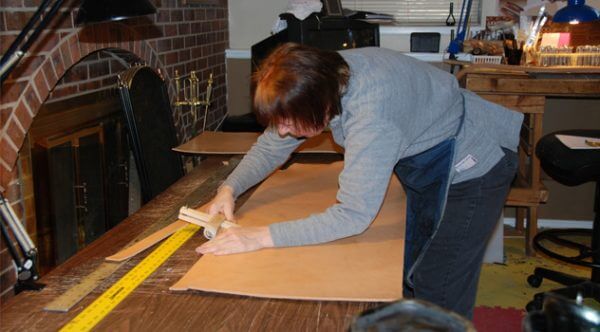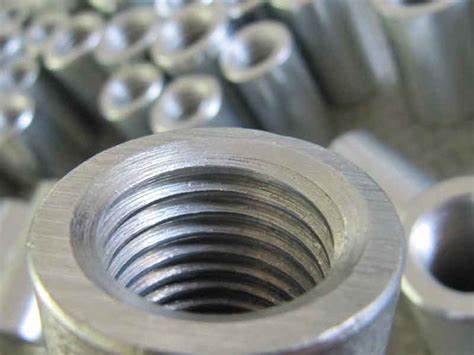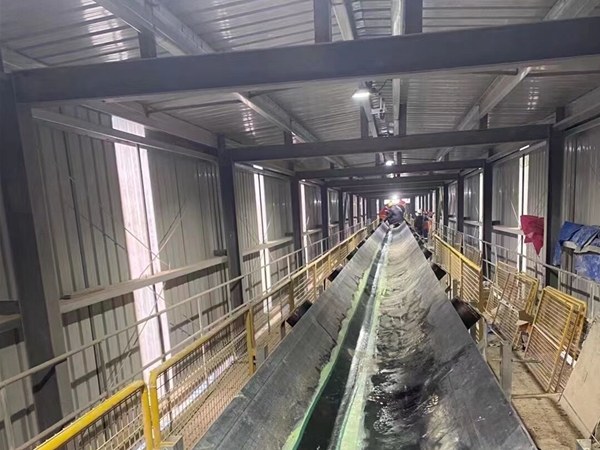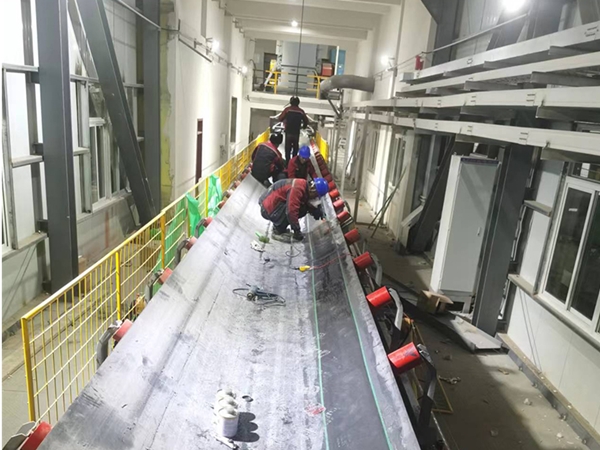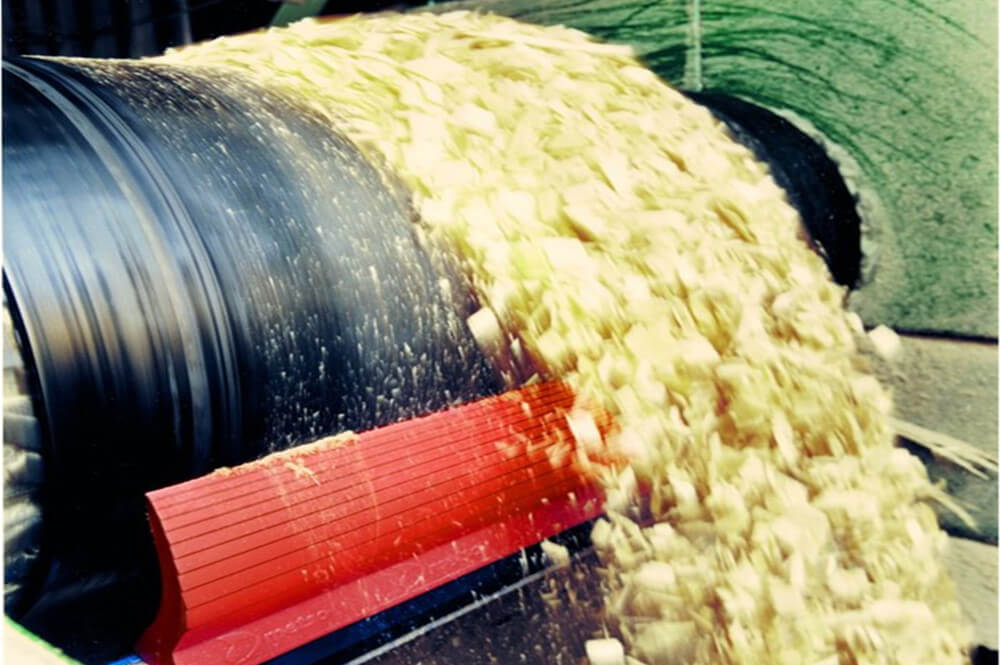A conveyor belt’s most crucial component is often overlooked when it is repaired. Just like flattening the belt before cutting, the scraping belt is often missing in the repair process.
The peeling belt can remove a part of the upper cover of the belt to simplify the installation of fasteners. All the strength of the belt is actually found in the carcass of the belt, so removing the cover will not weaken the belt. When you peel the belt, you replace the protective cover with a belt buckle, which creates a stronger grip on the carcass of the belt.
1. Scraping helps you achieve lower mechanical belt fastener profiles
Since scraping the belt removes the top layer of the belt, it leaves room for the fasteners to be level or lower than the rest of the belt surface. With this feature, fasteners are less likely to interfere with belt components or conveying structures.
2. Scraping the belt can increase the service life of the belt cleaner
When the belt is scraped off, the belt cleaner and other conveying components can work on a smooth surface without seeing interference from belt fasteners, and your system runs more efficiently. The scraped belt creates a compatible surface for cleaners and increases the life of cleaner blades and fasteners.
3. When used with the skirting board, the scraper belt can improve the wear of the fastener
Peeled belts can also reduce the wear of skirting boards and fasteners, thereby extending operating time and reducing maintenance. Fasteners and skirts wear less if the top of the fastener is placed under the lower rubber edge.
4. Peeling can extend splicing life
The peeled belt will ensure a longer splicing life, achieve a lower profile, prevent excessive wear and tear of the fasteners, and extend the life of the belt.
5. Peeling can increase the strength of splicing
When using bolted solid plate fasteners, the sliding hook removes the top rubber layer from the belt to ensure that the teeth of the fastener are properly engaged on the carcass. By placing the top and bottom fastener plates closer together, a stronger belt splice can be achieved.
These are all good reasons to grab your belt and start working, but is there a time when it is wise to put your belt away? Absolutely. It is not recommended to bring a thin or frayed top cover, because your chance of cutting into the carcass and weakening the belt is too great.
In addition, in the peeling process, the choice of fasteners is also very important. In fact, if you use the wrong size fastener, peeling the belt may adversely affect the joint, because your choice of fastener depends heavily on the thickness of the belt.
Finally, don’t use time as an excuse to save your belt. Although it seems a good idea to skip this step at the front end of the maintenance process, it will inevitably lead to additional downtime.

